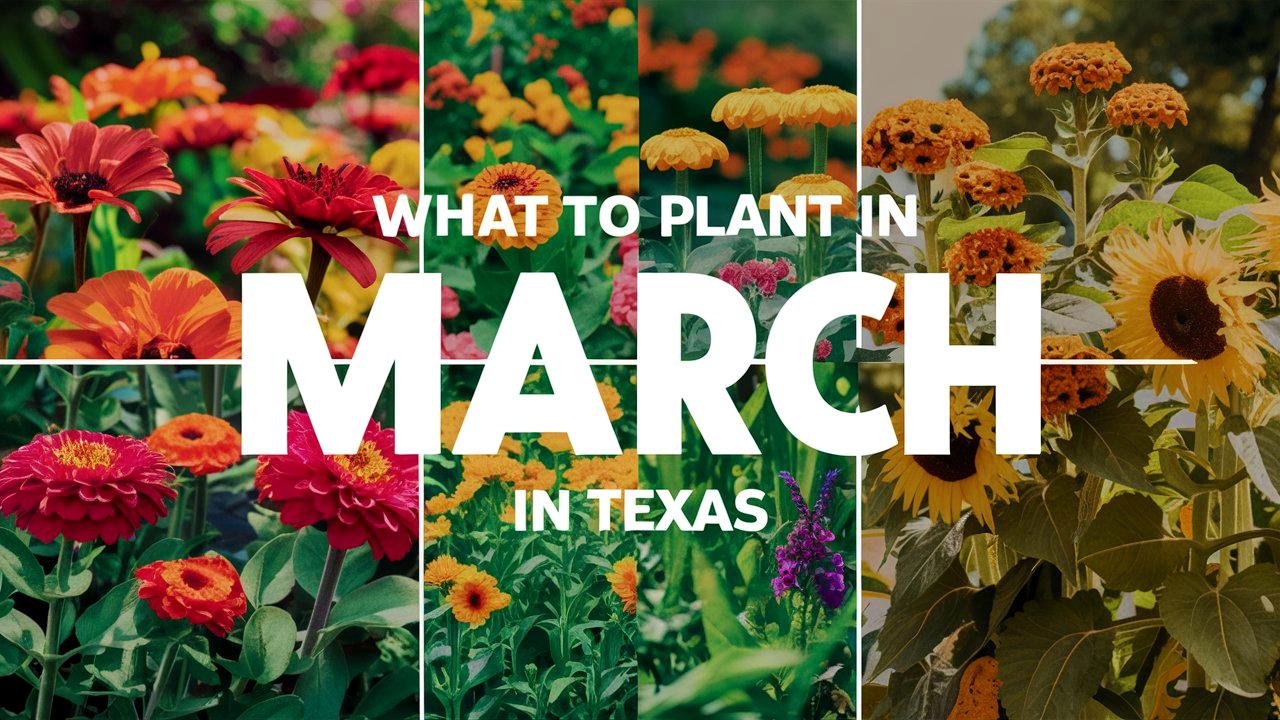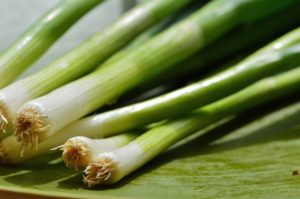March marks a significant turning point in the gardening calendar for Texas. As winter’s chill gradually recedes, the mild temperatures create an optimal environment for planning your garden. Texas spans multiple USDA hardiness zones (6b to 9b), which allows for a diverse collection of plants that thrive throughout the state.
In this guide we’ll explore various categories of plants—vegetables, flowers, herbs, and landscape plants—that you can plant in March in Texas, providing you with detailed information about each.
Vegetables To Plant
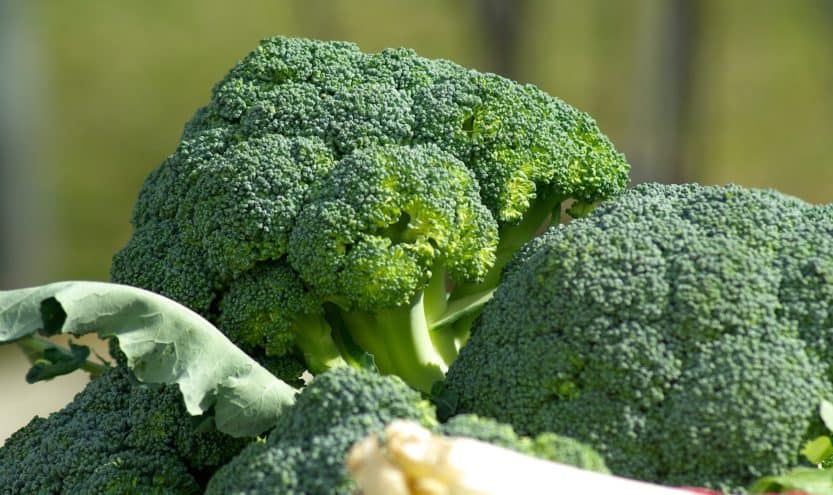
March is an excellent time to sow a variety of vegetables in your Texas garden. Depending on your specific location in the state, some varieties will be more suitable than others based on temperature tolerance and soil conditions.
Tomatoes
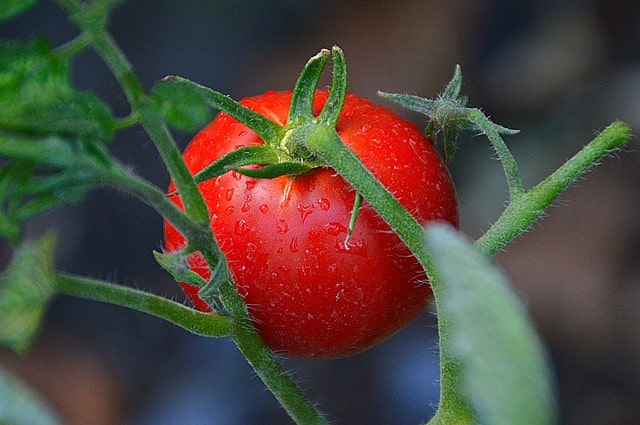
Tomatoes are a beloved staple among Texas gardeners. Planting can begin in late March for many regions. They thrive in warm weather, ideally requiring soil temperatures above 60°F (16°C) to germinate properly.
Temperature Tolerance: Tomatoes are susceptible to frost, and should only be planted outside after the last frost date for your area has passed.
Planting Dates: In Central Texas, for example, you can generally sow tomato seeds indoors in late February and transplant them outdoors after March 15. In South Texas, direct planting can begin even earlier.
Peppers
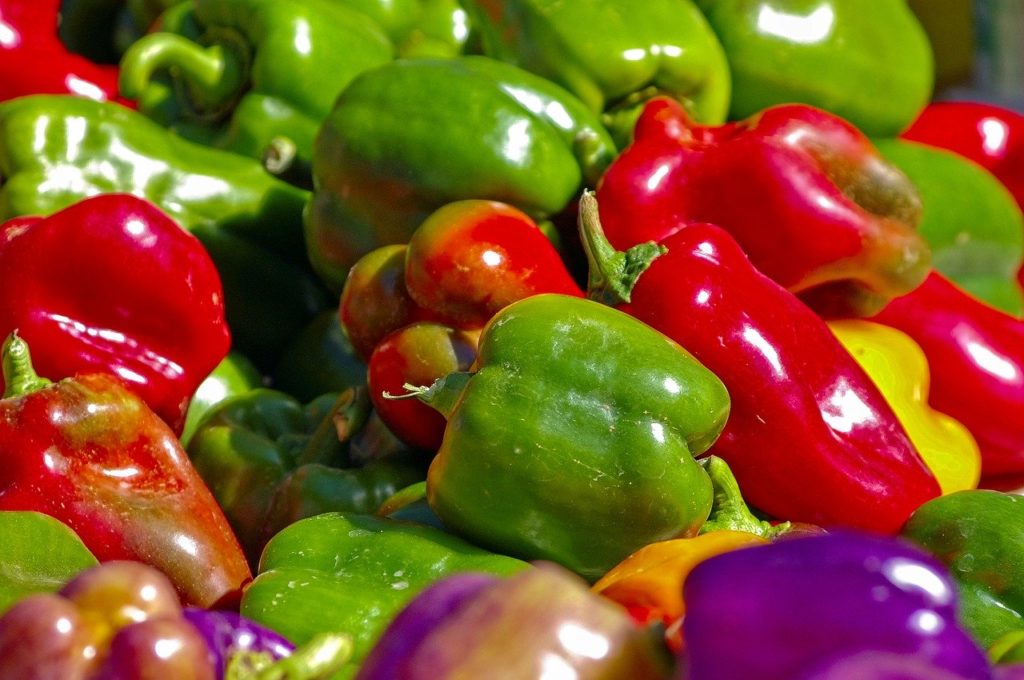
Bell peppers and chili peppers are another excellent choice for a March planting. These lush plants enjoy heat and will flourish when the temperatures rise.
Temperature Tolerance: Peppers prefer daytime temperatures from 70°F to 90°F (21°C to 32°C).
Planting Dates: Start seeds indoors 8-10 weeks before the last frost, then transplant outdoors at the end of March to April when soil temperatures reach at least 65°F (18°C).
Cucumbers
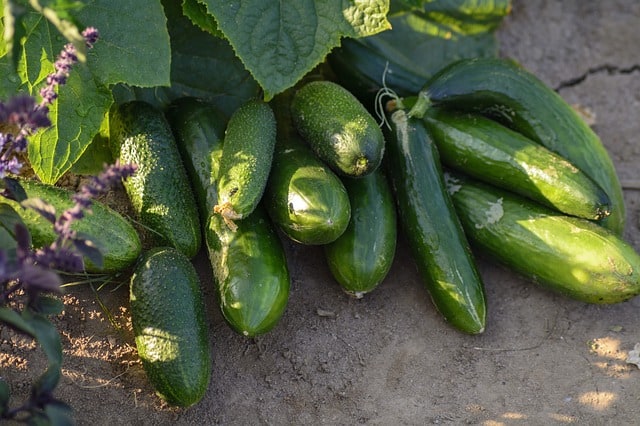
Cucumbers thrive in warm soil and should be directly sown into the garden in March in various Texas regions.
Temperature Tolerance: They prefer temperatures between 70°F and 95°F (21°C and 35°C). They are not frost-hardy, so caution is essential.
Planting Dates: Late March is ideal for sowing seeds as the frost danger diminishes and soil warms. Ensure they are watered well after planting.
Carrots
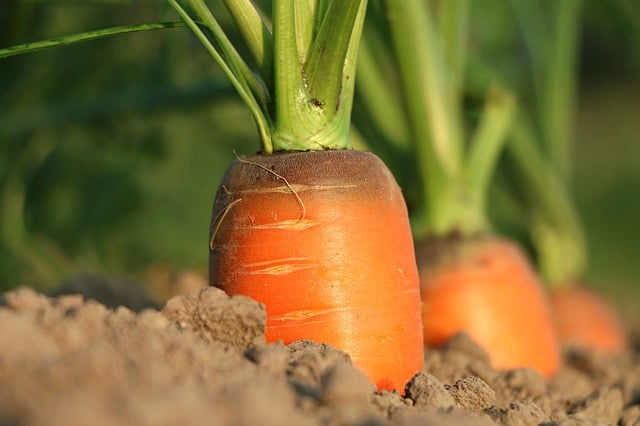
Carrots can also be sown in March, and they will thrive in cooler temperatures.
Temperature Tolerance: They ideally grow in temperatures between 50°F to 85°F (10°C to 29°C).
Planting Dates: Direct sow them in late March; this timing allows the roots to develop before the hotter temperatures set in.
Beans
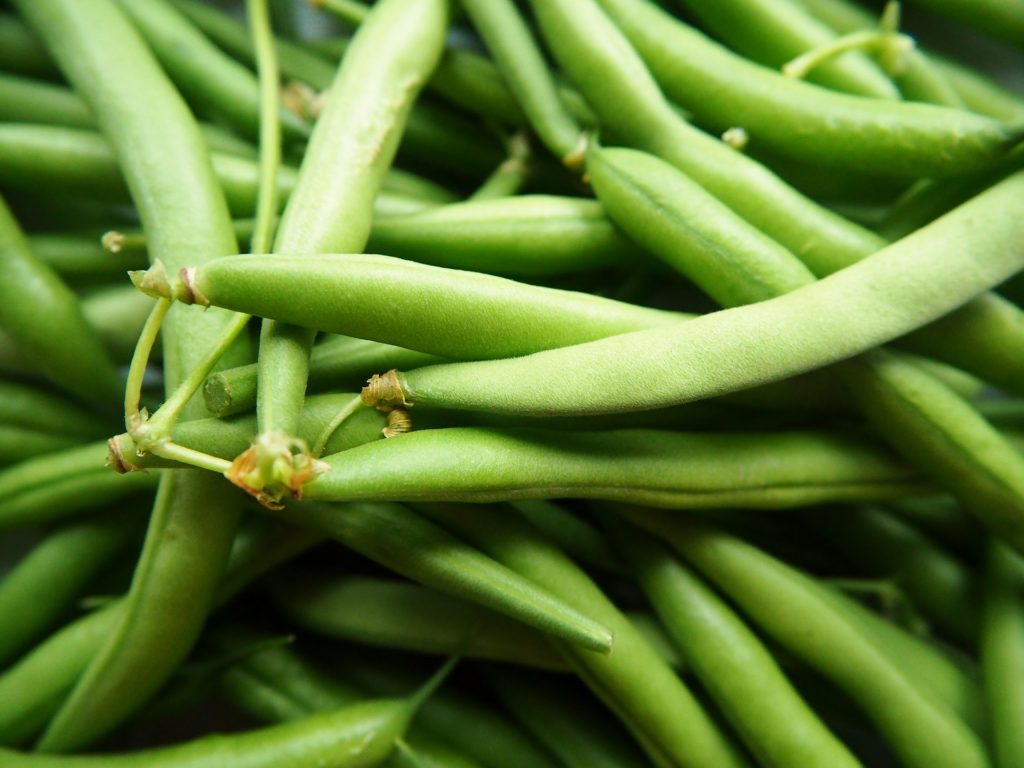
Beans, particularly green beans, are another fantastic vegetable to plant in March.
Temperature Tolerance: Beans thrive in soils that are at least 60°F (16°C) warm, preferably closer to 70°F (21°C).
Planting Dates: Mid to late March is the best time to plant both bush and pole beans, as they will grow rapidly in increasing warmth.
Squash
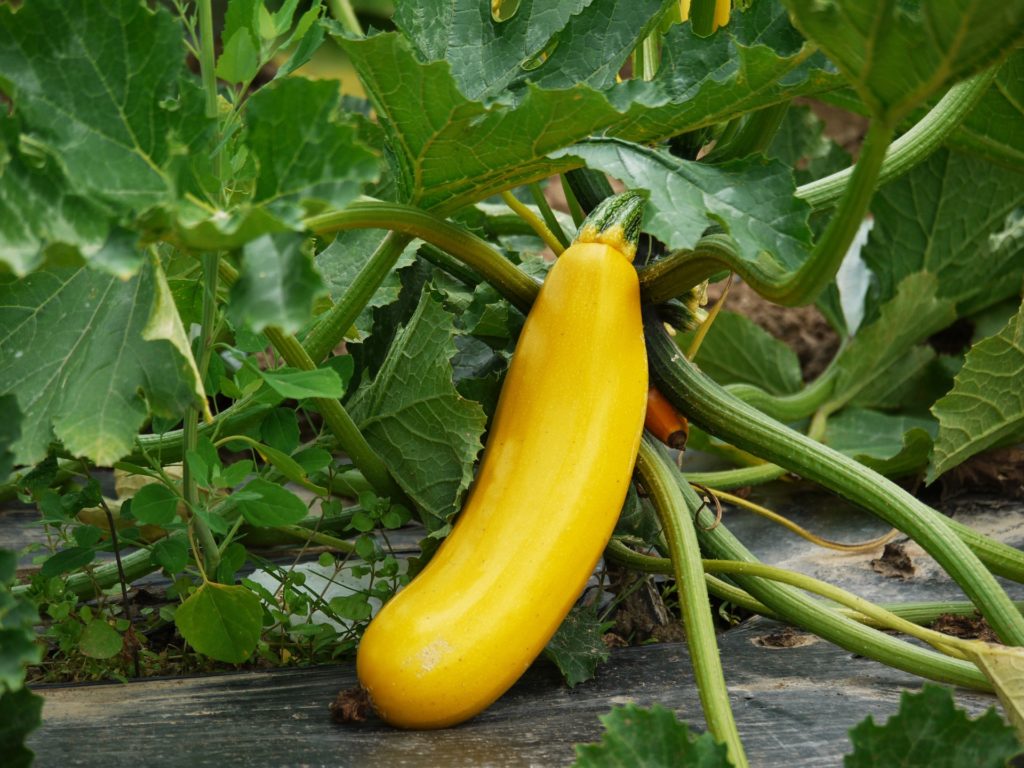
Summer squash, including zucchini, grows vigorously in the warm weather of March.
Temperature Tolerance: Preferring temperatures between 70°F to 95°F (21°C to 35°C), squash requires a warm growing environment.
Planting Dates: These should be direct seeded into the ground from mid to late March, avoiding frost threats.
Okra
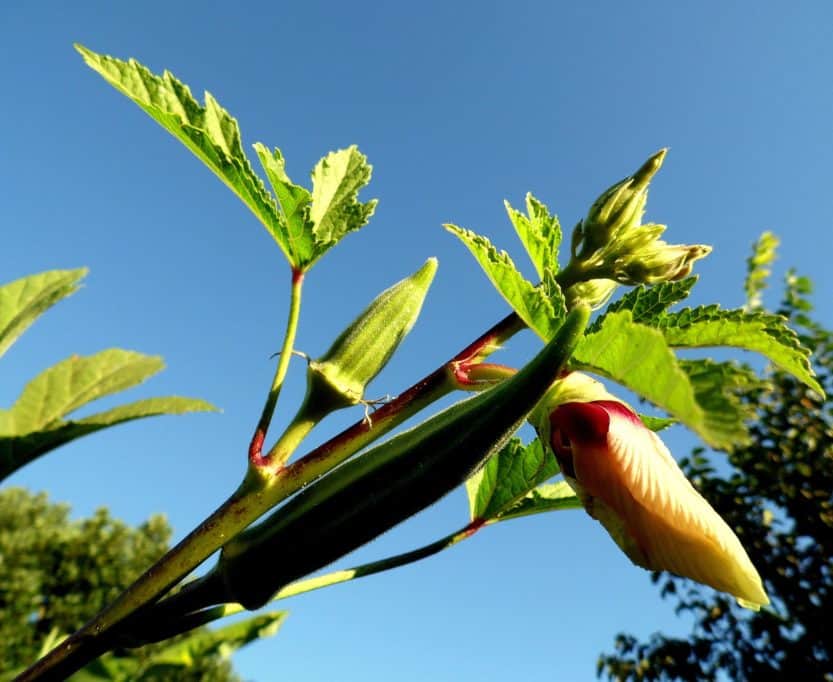
A warm-weather favorite in Texas, okra is well-suited for planting in March.
Temperature Tolerance: Okra flourishes best in temperatures above 70°F (21°C) and is not frost-tolerant.
Planting Dates: Start seeds indoors in early March or directly sow them into the garden by late March for a successful crop.
Sweet Corn
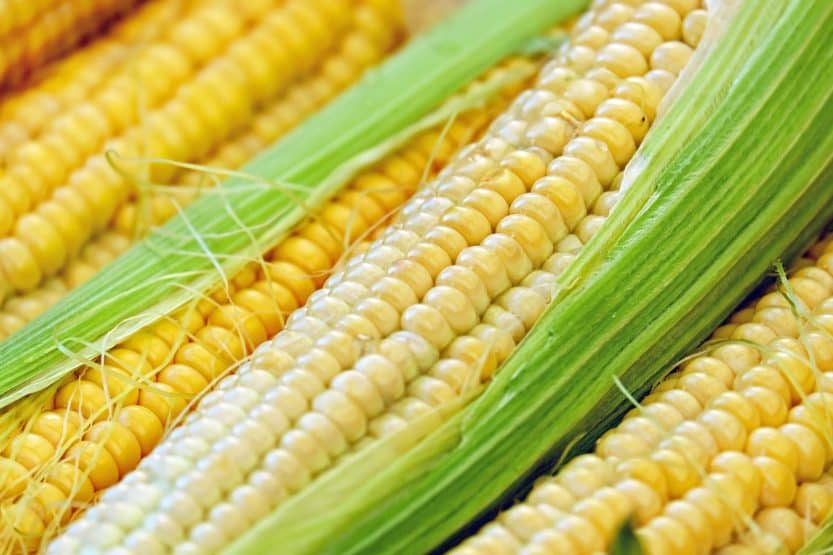
Sweet corn is a warm-weather crop that makes a great addition to any garden.
Temperature Tolerance: Corn germinates best when soil temperatures are around 60°F (16°C) or higher.
Planting Dates: Plant sweet corn seeds directly in the ground from late March onward, as longer days and increased warmth will lead to better pollination.
Beets
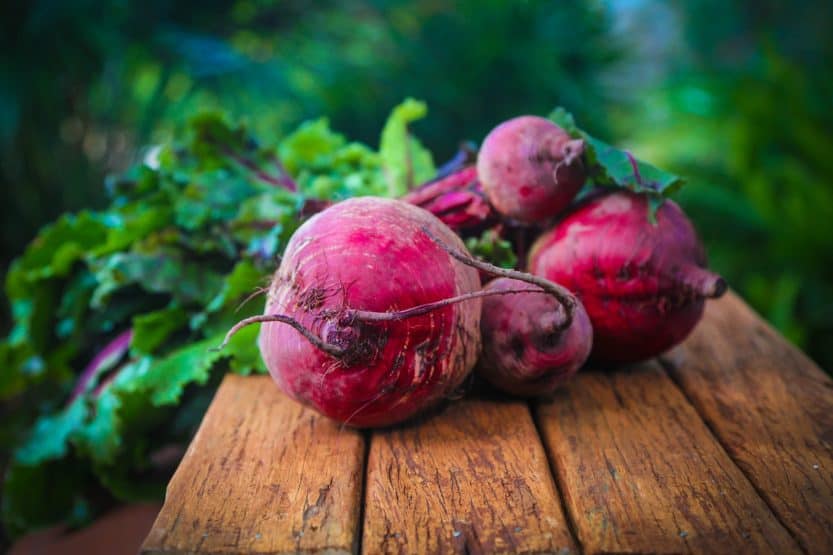
Beets can be sown in cooler conditions and are quite hardy.
Temperature Tolerance: Beets grow well in temperatures from 50°F to 80°F (10°C to 27°C).
Planting Dates: Late March is an excellent time to plant beets directly into the soil, allowing them to establish before the heat becomes intense.
Spinach
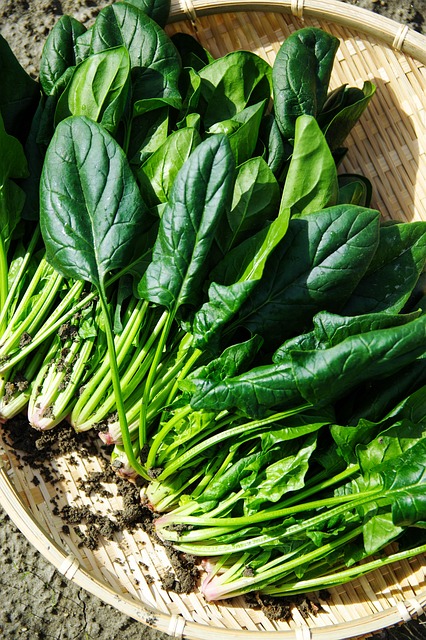
Spinach thrives in the cooler temperatures of early spring.
Temperature Tolerance: This leafy green loves the cooler weather, doing best in temperatures between 50°F and 70°F (10°C to 21°C).
Planting Dates: Throughout March, you can sow seeds directly into the garden for a quick-growing, nutritious crop.
Flowers To Plant
In March, you can bring a burst of color to your garden by planting a variety of flowers that can withstand the changing Texas climate. Here are some beautiful options.
Texas Bluebonnets
The Texas state flower, bluebonnets, bloom beautifully in early spring.
Temperature Tolerance: They thrive in cooler conditions, making them ideal for early spring planting.
Planting Dates: Although traditionally sown in the fall as a winter annual, you can still plant them in March if you want to enjoy their vibrant blooms.
Marigolds
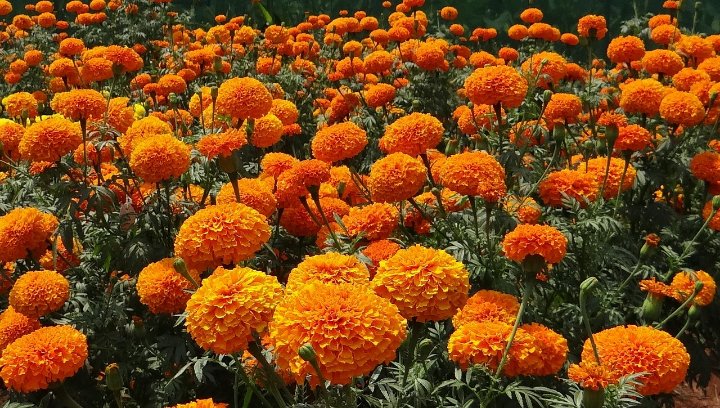
Marigolds are known for their bright colors and pest-repellent properties.
Temperature Tolerance: These flowers are tolerant of heat and drought, thriving in temperatures that range from 60°F to 100°F (15°C to 37°C).
Planting Dates: They can be planted in March after the last frost, either directly in the garden or transplanted from pots.
Petunias
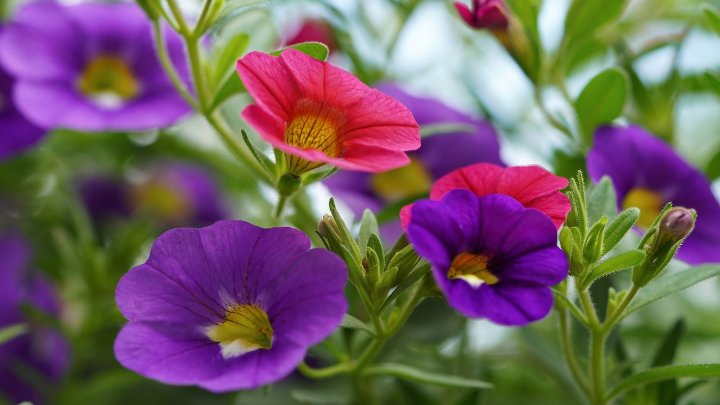
Petunias provide a lovely splash of color to gardens and can withstand Texas’ heat.
Temperature Tolerance: Ideal for moderate to warm conditions, they flourish in temperatures around 70°F (21°C).
Planting Dates: Planting can begin in March, and they can also be grown from seeds or purchased as transplants.
Zinnias
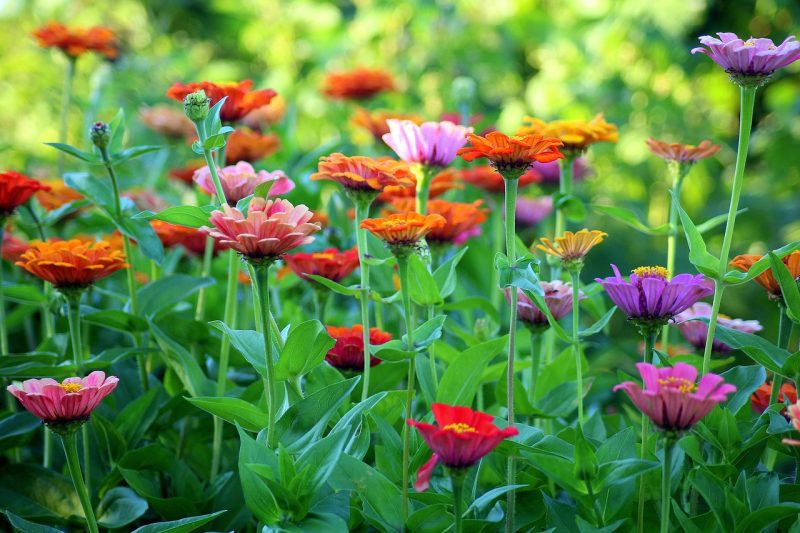
Zinnias are cheerful flowers that attract butterflies and bees.
Temperature Tolerance: These flowers prefer warmer temperatures, usually thriving when it’s around 75°F (24°C) or higher.
Planting Dates: Begin sowing seeds directly in the garden from mid to late March once frost danger has passed.
Sunflowers
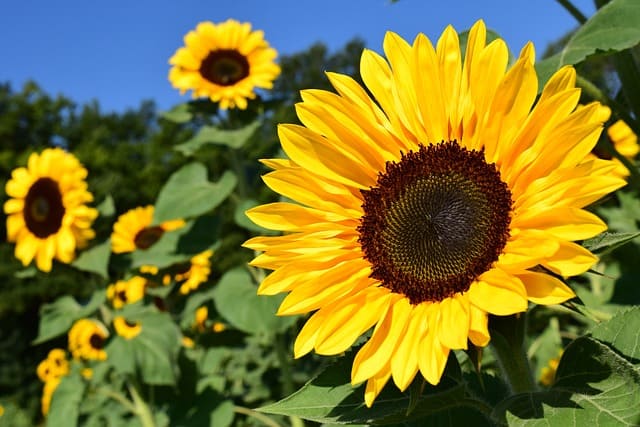
Sunflowers not only provide beauty but can also be used in cut flower arrangements.
Temperature Tolerance: They thrive in warm climates and can handle temperatures up to 100°F (37°C).
Planting Dates: Late March is the ideal time to sow sunflower seeds directly into the soil.
Larkspur
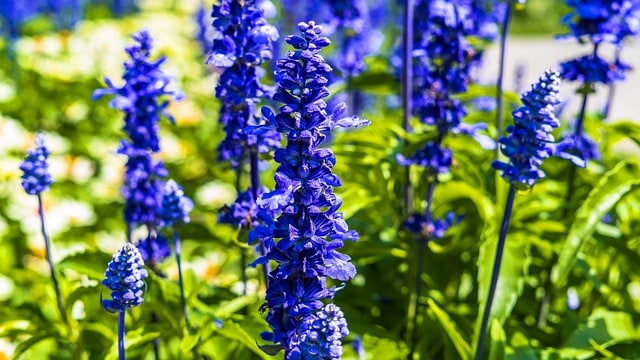
Larkspur offers stunning verticality and is perfect for cutting gardens.
Temperature Tolerance: They thrive best in cooler temperatures and can survive light frosts.
Planting Dates: Ideal for sowing in early March, though they bloom more for those who planted them the previous fall.
Cosmos
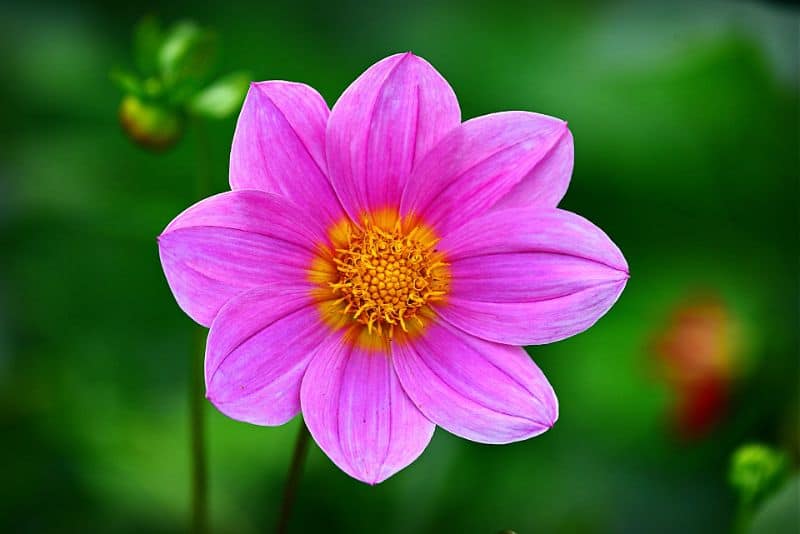
Cosmos adds a delicate touch to gardens and attracts pollinators.
Temperature Tolerance: They grow well in warm temperatures, ideally from 70°F to 95°F (21°C to 35°F).
Planting Dates: Cosmos seeds can be sown from mid-March, and they appreciate well-drained soil.
Pansies
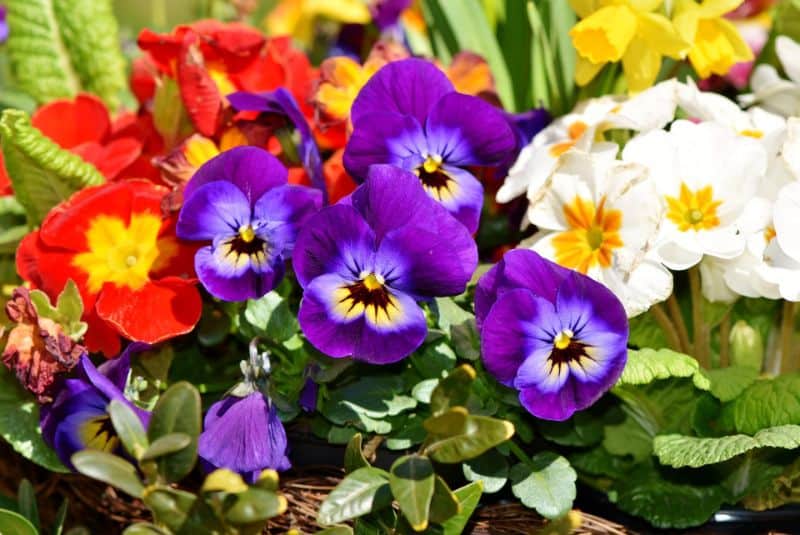
Pansies provide vibrant colors and hardy flowers for moderate conditions.
Temperature Tolerance: Thriving in cooler weather, they flourish best when temperatures range from 50°F to 70°F (10°C to 21°C).
Planting Dates: Though often planted in the fall, they can be reseeded in late February to early March for early spring blooms.
Black-eyed Susans
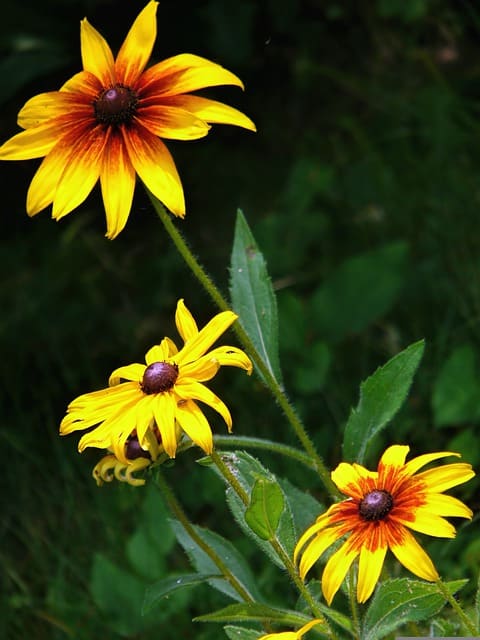
Known for their striking golden-yellow petals, Black-eyed Susans are hardy and resilient flowers.
Temperature Tolerance: These lovely perennials thrive in warm climates and prefer temperatures above 70°F (21°C).
Planting Dates: You can start seeds or transplant established plants in March to encourage blooming later in the season.
Salvia
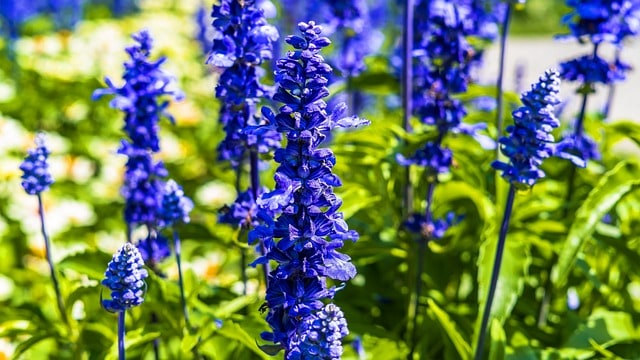
Salvia is a drought-tolerant perennial that brings vibrant shades and attracts hummingbirds.
Temperature Tolerance: They prefer warm temperatures but need consistent moisture to thrive.
Planting Dates: Sow seeds indoors in late February or early March, or transplant in March when the frost has cleared.
Herbs To Plant
Herbs are not only a delightful way to season your meals, but they also attract beneficial insects and can enhance the overall beauty of your garden. March is a great time to get started on your herb garden in Texas.
Basil
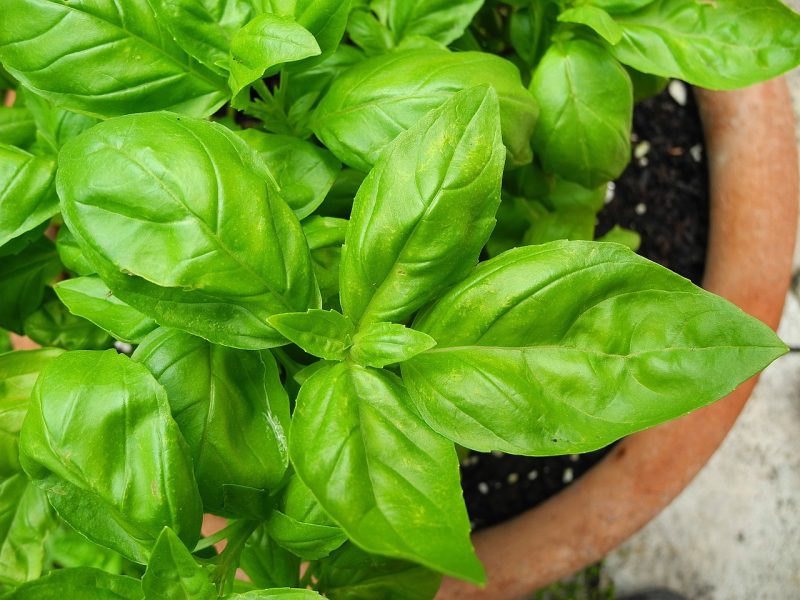
Basil is a favorite culinary herb that loves warmth.
Temperature Tolerance: Preferring temperatures above 70°F (21°C), basil cannot handle frost.
Planting Dates: Seeds or transplants can be introduced outdoors in late March when temperatures are consistently warm.
Cilantro
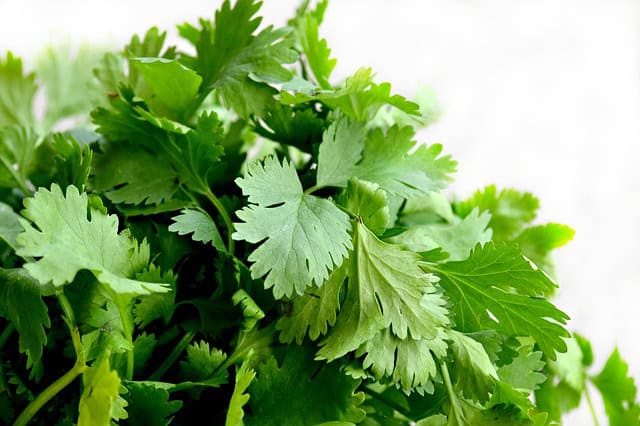
Known for its fresh flavor, cilantro is perfect for cooler growing conditions.
Temperature Tolerance: Thriving in temperatures between 50°F and 85°F (10°C and 29°C), cilantro bolts quickly in heat.
Planting Dates: Directly sow seeds in early March for a spring crop before the heat of summer sets in.
Parsley
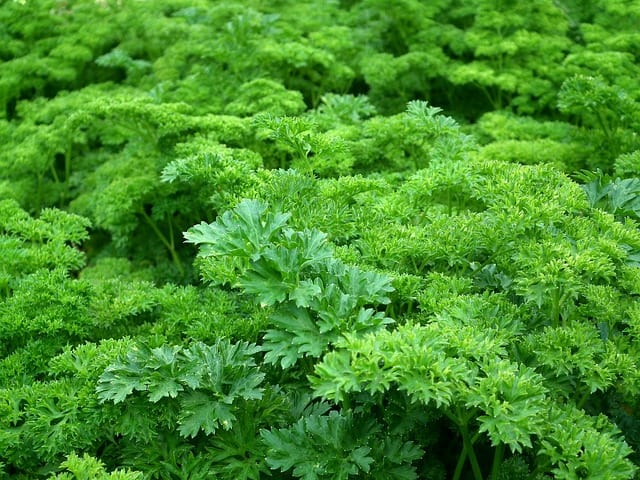
Parsley is a hardy herb that can tolerate cooler temperatures.
Temperature Tolerance: It grows best in temperatures from 50°F to 75°F (10°C to 24°C).
Planting Dates: Start seeds indoors in February and transplant in March or sow directly outdoors.
Oregano
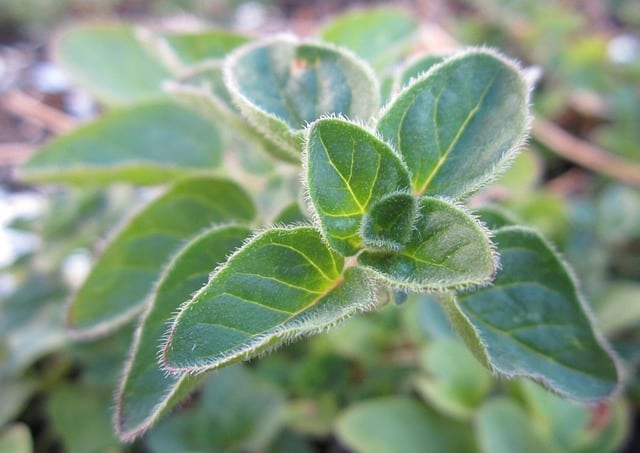
Oregano is a perennial herb that adds robust flavor to culinary dishes.
Temperature Tolerance: Preferring warmer climates, it performs best in 70°F to 85°F (21°C to 29°C) weather.
Planting Dates: Sow seeds indoors in early March or transplant seedlings into the garden after any frost has passed.
Thyme
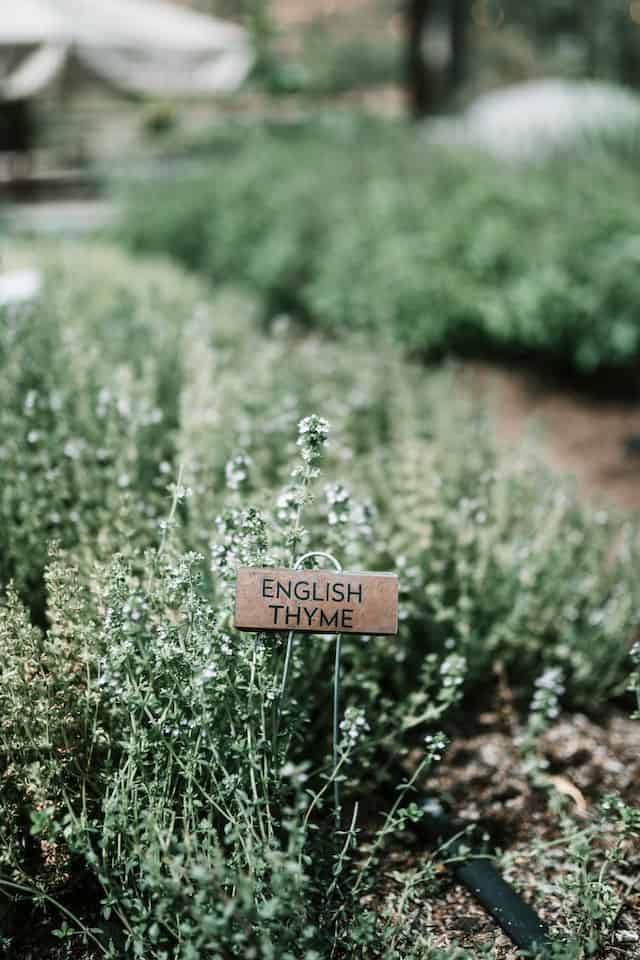
Thyme is another perennial herb that is highly drought-resistant.
Temperature Tolerance: This herb thrives in warmer temperatures, usually around 70°F (21°C) or higher.
Planting Dates: Start thyme seeds indoors in early March or transplant established plants in March.
Dill
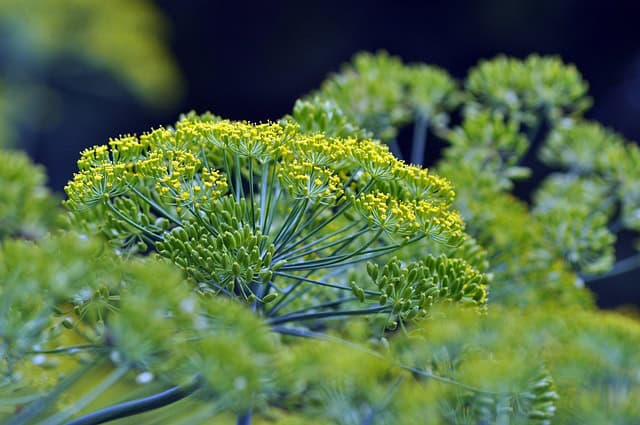
Dill is a unique herb with feathery leaves that is great in pickling.
Temperature Tolerance: It prefers more moderate temperatures in the range of 60°F to 75°F (15°C to 24°C).
Planting Dates: Seeds can be direct-sown in March, as it loves the spring sun and can handle some cooler temperatures.
Chives
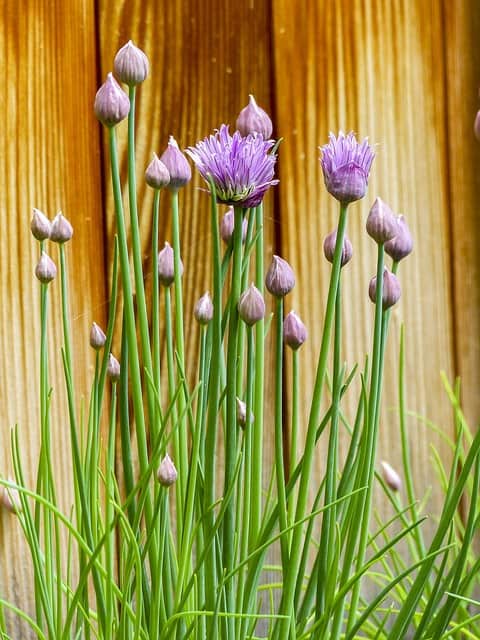
Chives are one of the first herbs to spring into action.
Temperature Tolerance: They are very hardy, thriving in temperatures between 45°F to 75°F (7°C to 24°C).
Planting Dates: Chives can ideally be planted in late March, and they also benefit from getting a head start as a perennial.
Mint
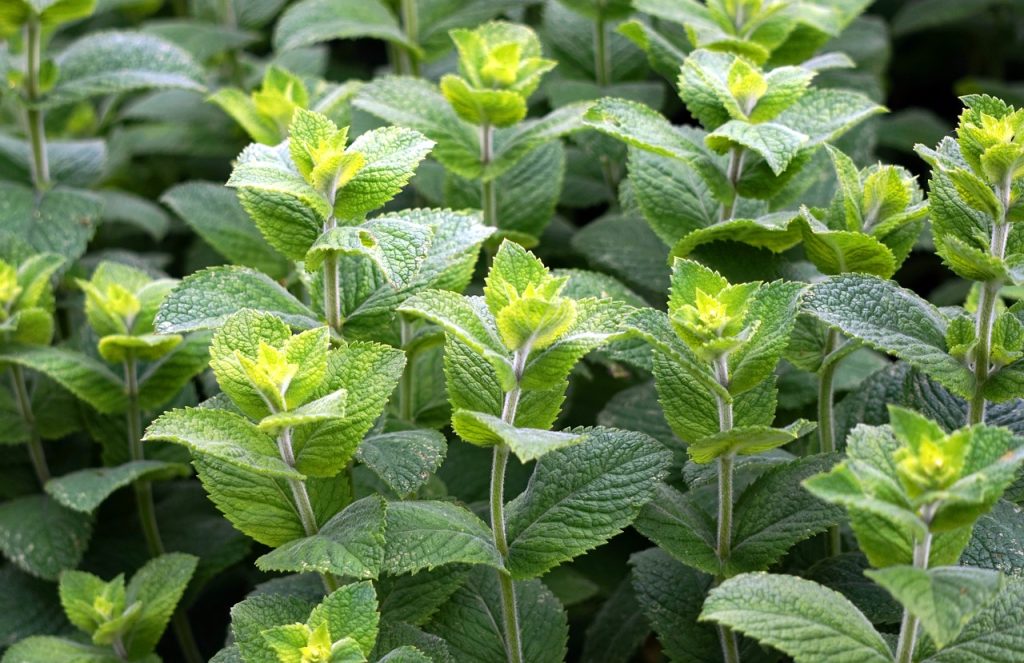
Mint is an aromatic herb that can spread vigorously when planted.
Temperature Tolerance: It prefers temperatures between 60°F to 80°F (15°C to 27°C).
Planting Dates: Planting can start in mid-March when the soil begins warming, and you need to ensure it’s in a controlled area due to its invasive nature.
Sage
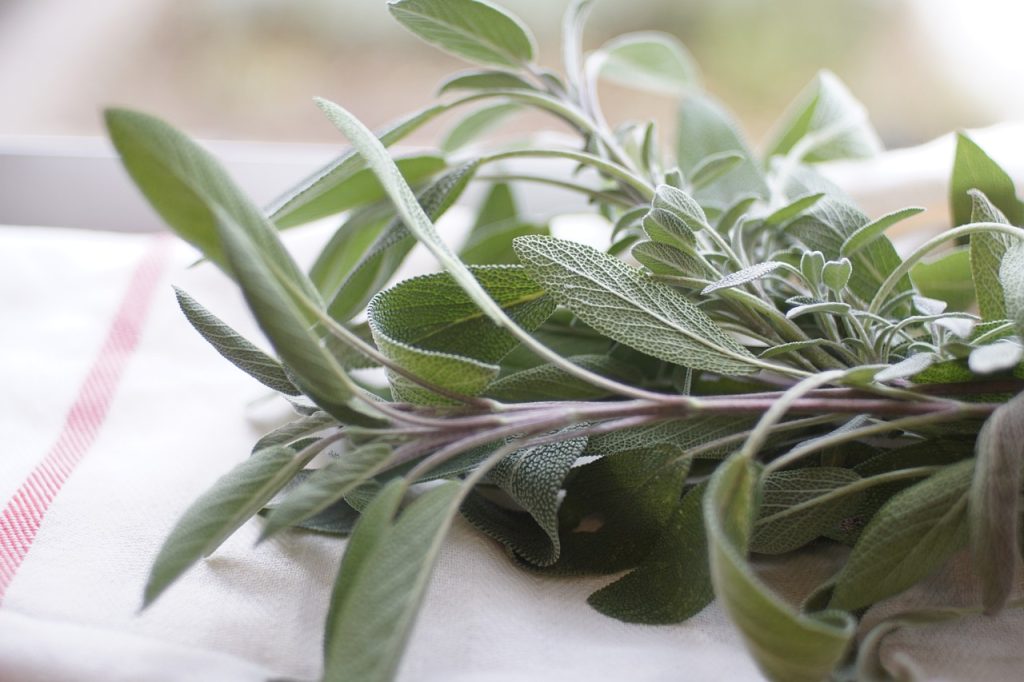
Sage is a great addition to any herb garden due to its versatile flavor.
Temperature Tolerance: It thrives in temperatures from 60°F and can withstand up to 80°F (16°C to 27°C).
Planting Dates: Seeds can be started indoors in March and transplanted later in the month or sown directly.
Rosemary
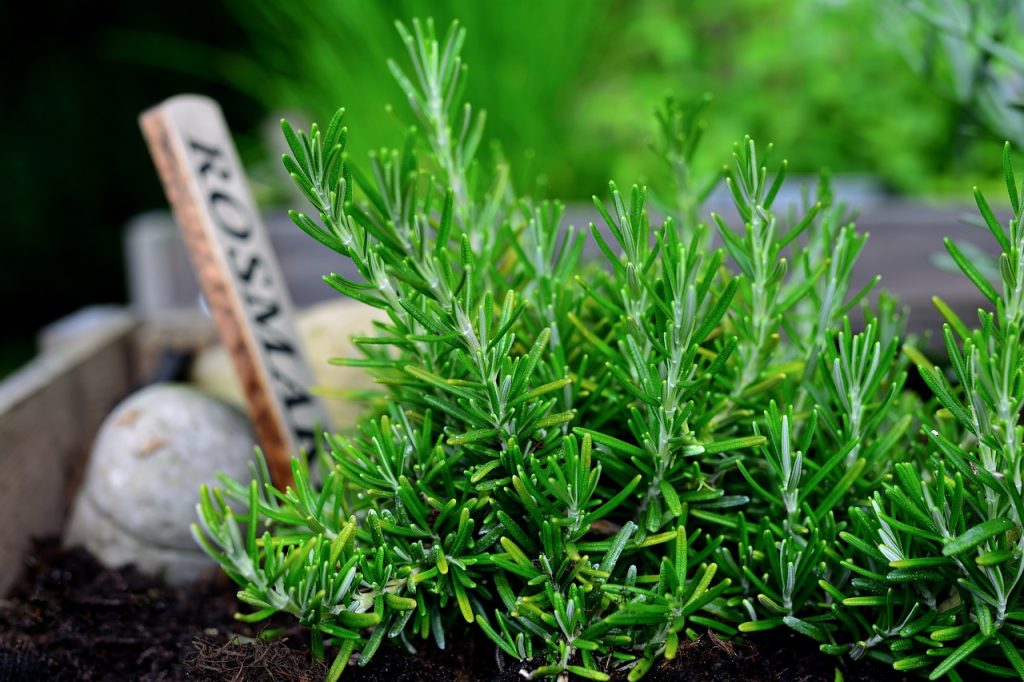
Rosemary is a perennial herb known for its culinary use and fragrance.
Temperature Tolerance: Rosemary enjoys warm climates and should be planted when the nights warm up, around 70°F (21°C) or higher.
Planting Dates: Ideally transplanted in late March, ensure it has well-drained soil as it does not tolerate excess moisture.
Landscape Plants To Plant In March
Whether you’re looking to enhance your yard’s aesthetic or increase the biodiversity of your landscape, March is an excellent time to plant specific landscape plants in Texas.
Native Grasses
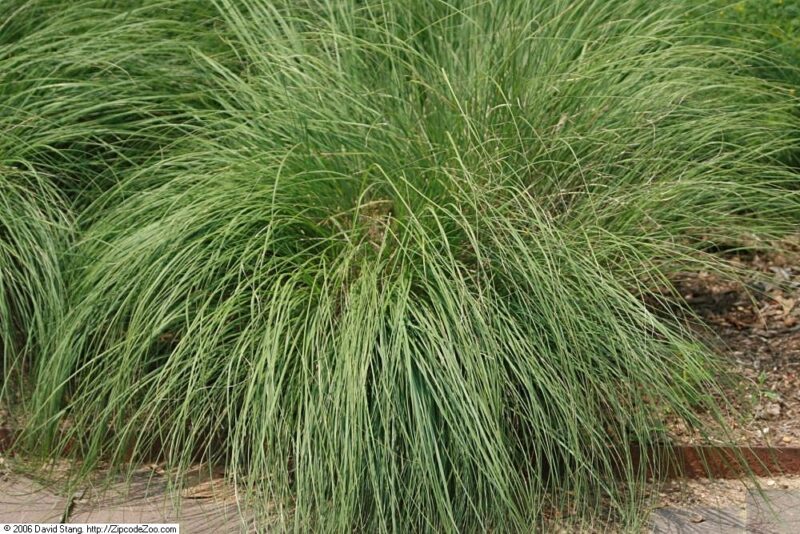
Incorporating native grasses adds ecological value and promotes local wildlife.
Temperature Tolerance: Native grasses vary but generally prefer warmer temperatures.
Planting Dates: Seeds can be sown in March as the soil begins to warm. Look for species like Little Bluestem and Indiangrass.
Red Yucca
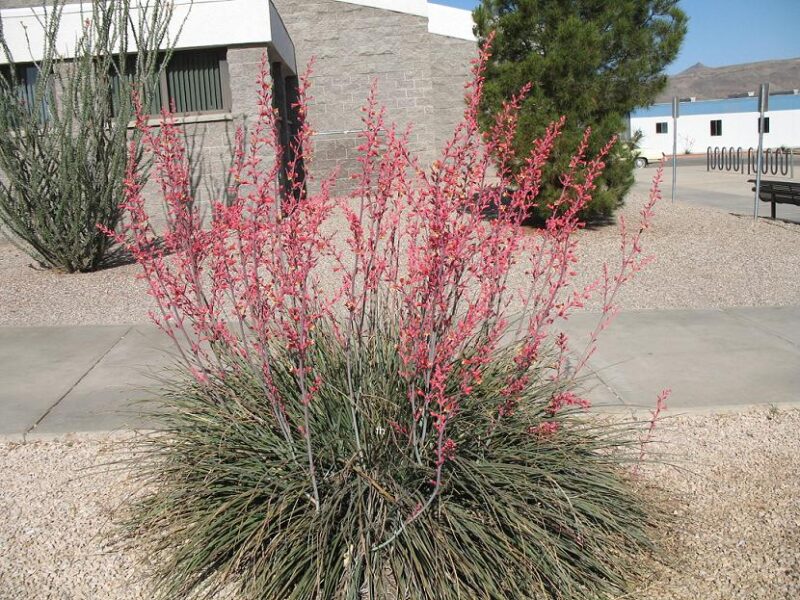
Red Yucca is a drought-tolerant plant ideal for Texas landscapes.
Temperature Tolerance: They can survive heat above 100°F (38°C) and require minimal water once established.
Planting Dates: You can plant these hardy specimens anytime from late March onwards.
Texas Sage
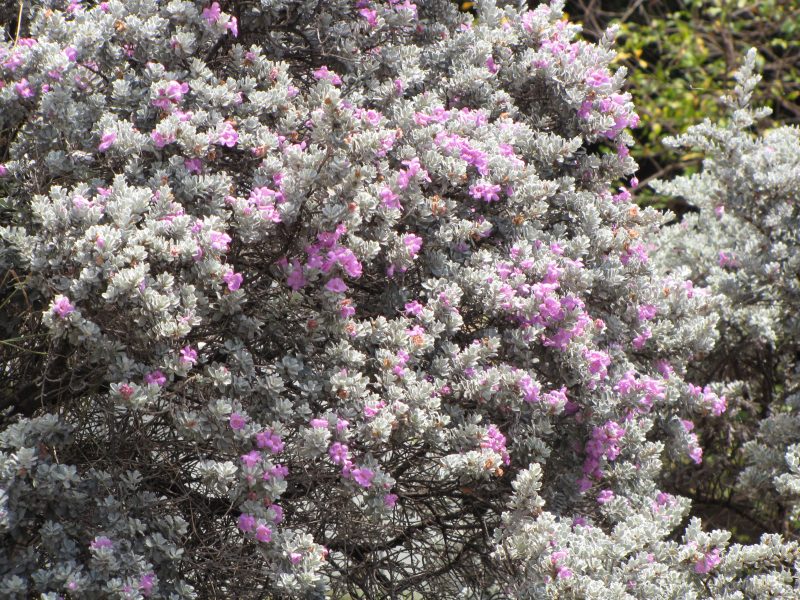
Texas Sage provides beautiful purple flowers and requires little maintenance.
Temperature Tolerance: Preferring warm climate conditions and can thrive in temperatures exceeding 90°F (32°C).
Planting Dates: Planting is best done from late March when the risk of frost is over.
Lantana
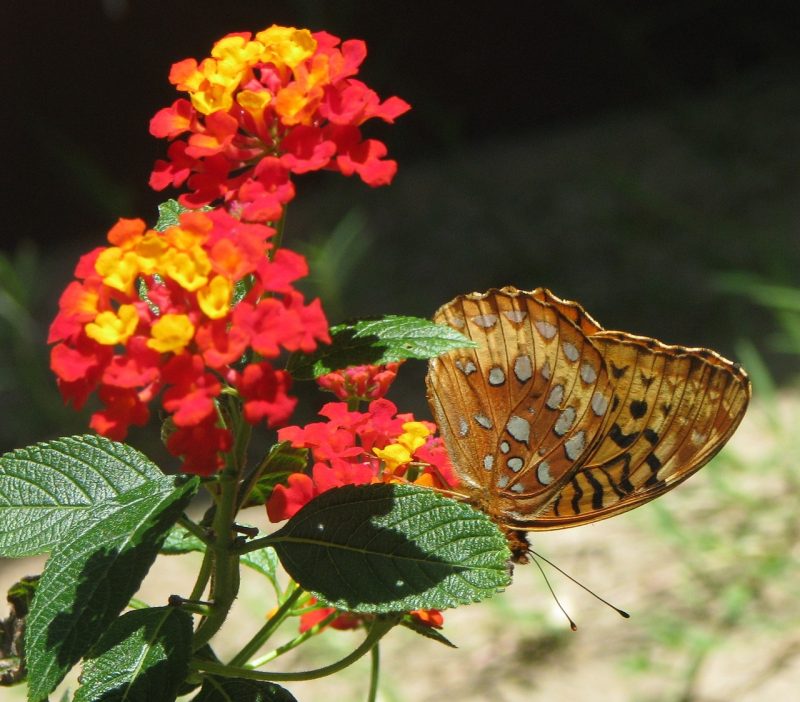
Lantanas are heat-tolerant and bloom continuously, attracting butterflies.
Temperature Tolerance: They thrive in heat, making them ideal for Texas summers.
Planting Dates: These can be planted outdoors in March once the ground warms up.
Flame Acanthus
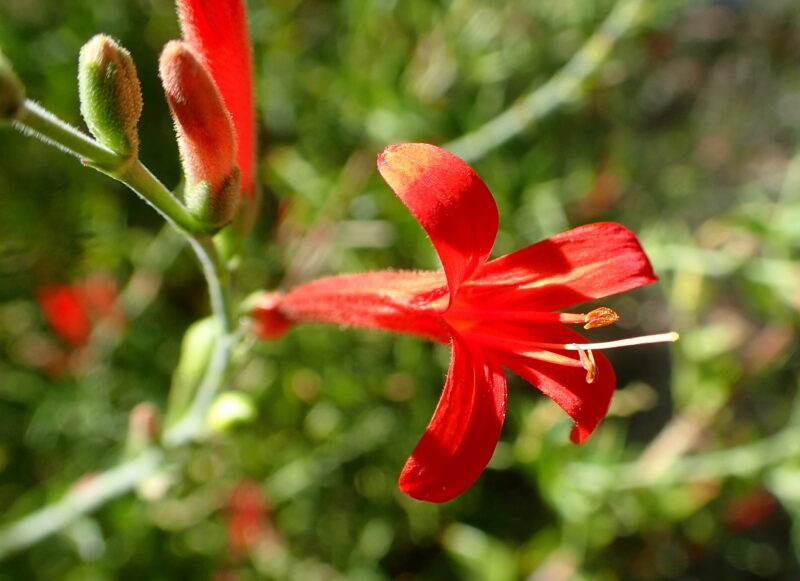
This perennial is known for its stunning red-orange flowers that attract hummingbirds.
Temperature Tolerance: Flame Acanthus tolerates a range, doing well in the heat typical of Texas climates.
Planting Dates: March is a suitable time for sowing seeds or planting established plants.
Esperanza
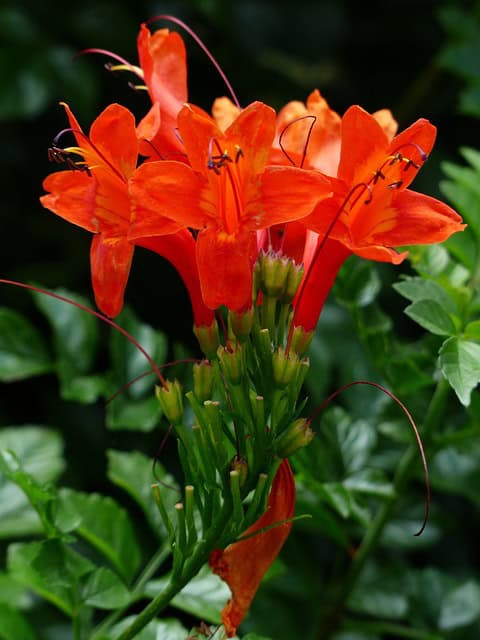
Also known as Yellow Bells, Esperanza is a favorite for its vibrant summer blooms.
Temperature Tolerance: This flowering shrub thrives in hot temperatures and can tolerate drought once established.
Planting Dates: They can be planted in late March to ensure growth through the warmer months.
Mountain Laurel
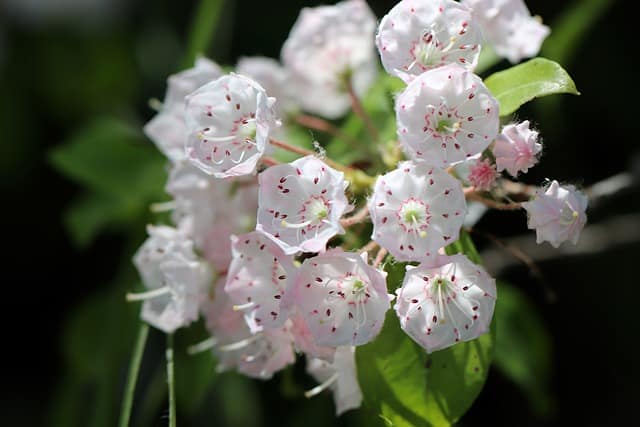
Mountain Laurel provides beautiful clusters of purple flowers and is well-adapted to Texas.
Temperature Tolerance: This shrub can handle a variety of temperatures and prefers well-drained soil.
Planting Dates: Plant in March for the best chance of establishment before summer.
Blue Potato Bush (Lycianthes rantonnei)
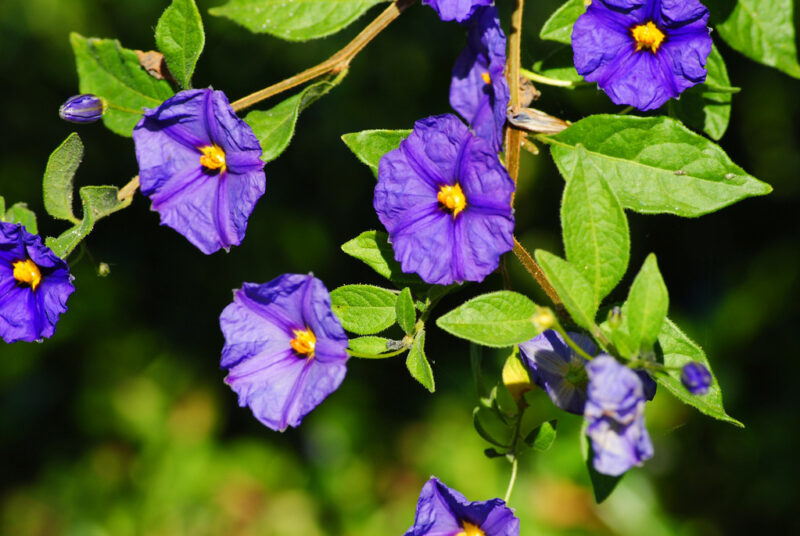
This drought-resistant bush offers lovely blooms and attracts butterflies.
Temperature Tolerance: Preferring warm conditions, it does well in temperatures above 70°F (21°C).
Planting Dates: Planting can commence in late March to manage well before summer.
Gulf Coast Muhly Grass
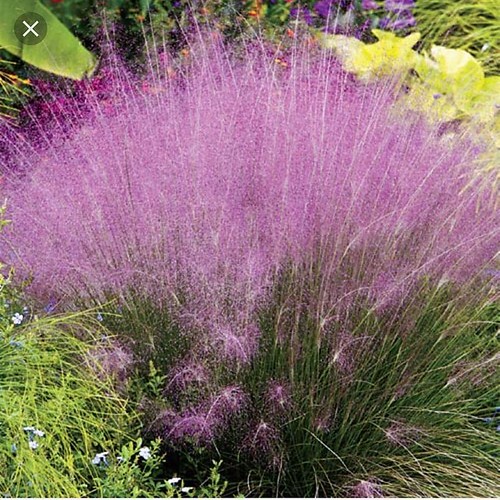
Gulf Coast Muhly Grass is a beautiful option for adding texture to landscape designs.
Temperature Tolerance: It can withstand the heat and humidity typical in Texas.
Planting Dates: Late March is ideal for planting either seeds or established plants.
Firebush
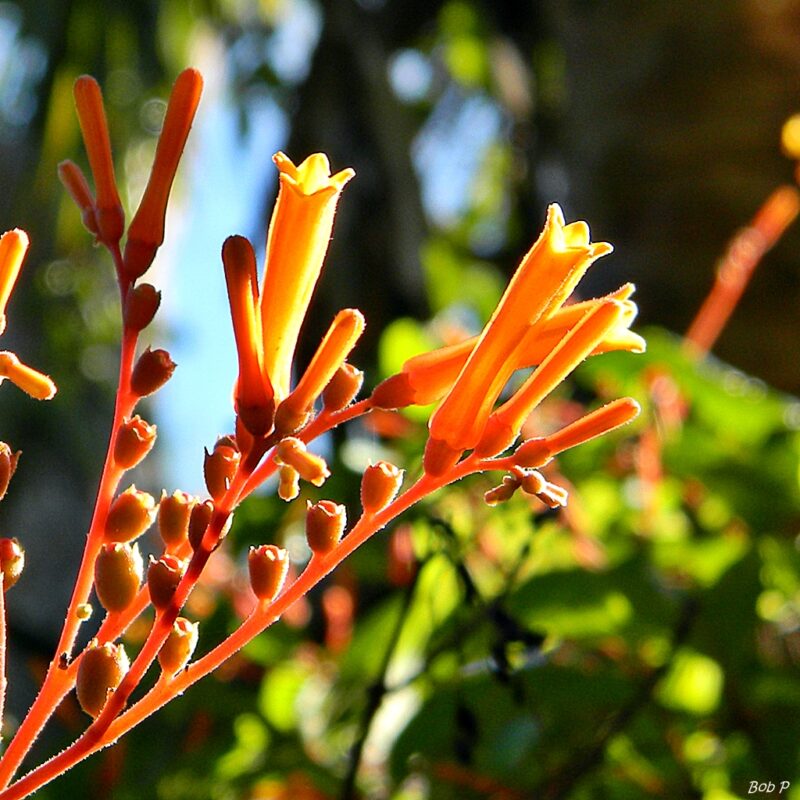
Firebush is a tropical plant that flourishes in Texas, attracting butterflies and hummingbirds.
Temperature Tolerance: It thrives in warm temperatures and is suited for Texas climates.
Planting Dates: Late March is ideal for planting as it provides several months to establish before the summer heat intensifies.
FAQ
What are the best planting dates for Texas gardens?
Planting dates in Texas can vary by region due to the different hardiness zones. Generally, late March is when you can begin to plant warm-weather crops like tomatoes and peppers. For cooler crops like spinach and carrots, early March is suitable.
How can I find out my specific USDA hardiness zone?
You can find your USDA hardiness zone by visiting the USDA Plant Hardiness Zone Map online, where you can input your location to find detailed information on the zone that applies to your area.
What are some tips for successful gardening in Texas?
Monitor soil temperatures: Ensure your soil has warmed sufficiently before planting warm-season crops.
Mulching: Use mulch to retain moisture and regulate soil temperature.
Watering: Ensure consistent watering especially for newly planted seeds and transplants.
Sun exposure: Position plants to maximize sunlight, especially those that thrive in full sun.
Can I start planting seeds indoors to get a head start?
Yes, many vegetables and herbs can be started indoors 6-8 weeks before your last expected frost date. This allows them to grow sturdy before being transplanted outdoors.
Are there any plants I should avoid planting in March?
Certain cold-sensitive plants that require full summer heat should not be planted until after the threat of frost has passed. Additionally, plants that thrive in cooler temperatures should be planted earlier, as they may not do well if subjected to extreme heat.
Whether you are a seasoned gardener or a beginner, March offers an exciting opportunity to cultivate a thriving garden in Texas. By carefully selecting plants suited for the climate and taking advantage of the varying planting dates, you can enjoy a lush and productive garden throughout the spring and summer months.


